VA Military Memories Competition
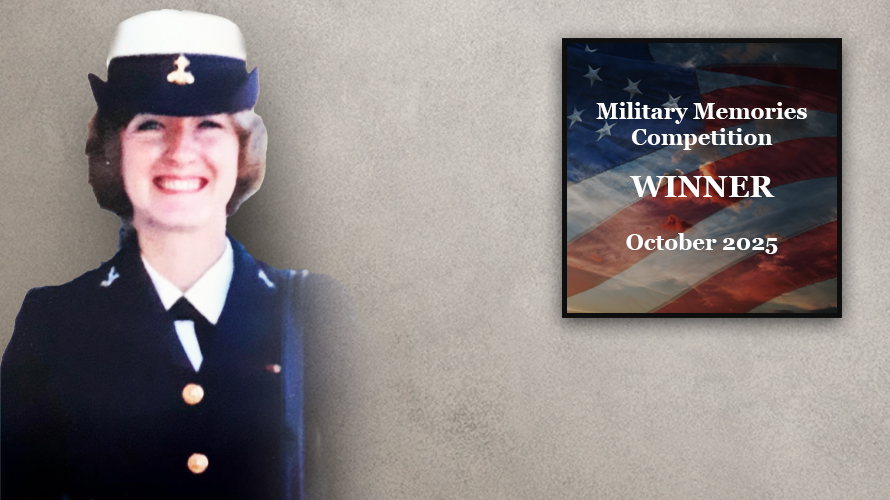
RM3 Kathleen Cramer, U.S. Navy (1973-1977)
What Was Your Nickname or Callsign During Your Military Service? Can You Recall the Nicknames or Callsigns of Other Characters From Your Service and How These Were Earned?:
So … I believe this was about 1974 or early 1975. I’m sitting in our kitchen in our photo lab at FICPAC command center in Pearl Harbor, HI. The kitchen had a good-sized round table that could seat about 3–4 people nicely. I had gotten into work early and had not eaten breakfast. Previously, I had brought in cereal and milk for such occasions. When I sat down at the table, I was alone. I began pouring milk over my cereal. Within a few minutes, a few others came in and joined me. Now there were four of us, all laughing and joking around.
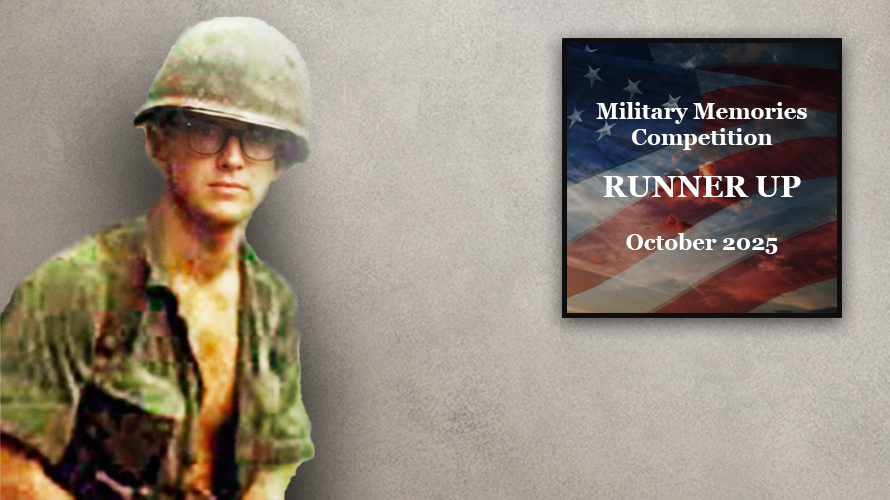
SP4 Tom Hirst, U.S. Army (1969-1971)
What Was Your Nickname or Callsign During Your Military Service? Can You Recall the Nicknames or Callsigns of Other Characters From Your Service and How These Were Earned?:
When I climbed off the Huey on “log day,” I weighed in at 205 pounds and heard the LT. mumble something like “That’s our new gunner”……but it wasn’t to be. “Nope, I’m your new medic!” It wasn’t long before I was dubbed, “The Fat Quack”, not because I was really overweight, but because the rest of the “Grunts” in the platoon looked like they had been in a concentration camp! They were just “skin & bones”.
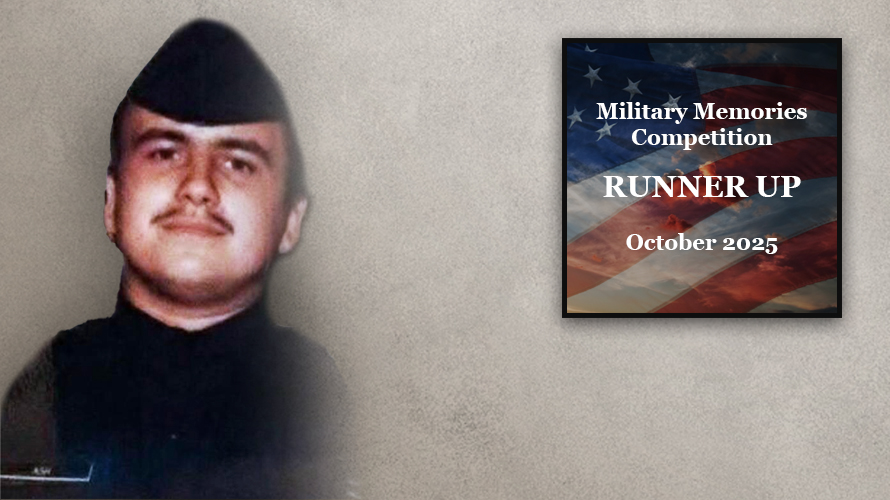
MSgt Michael Ash, U.S. Air Force (1972-1993)
What Was Your Nickname or Callsign During Your Military Service? Can You Recall the Nicknames or Callsigns of Other Characters From Your Service and How These Were Earned?:
I earned “Spiderman” in the most humbling way imaginable for someone working in classified intelligence. After contracting crabs, I captured one of the offending critters and taped it to a piece of paper like I was preparing evidence for analysis – occupational hazard of working in intelligence, I suppose. When I brought my “specimen” to the base clinic, the first medic I showed it to squinted at it and said, “Well, that looks like a little spider.” I had to patiently explain to this individual that it was definitely NOT a spider, and that we had a significantly more embarrassing situation to address. Finally, I got in to see an actual doc who confirmed my self-diagnosis and issued the appropriate treatment.
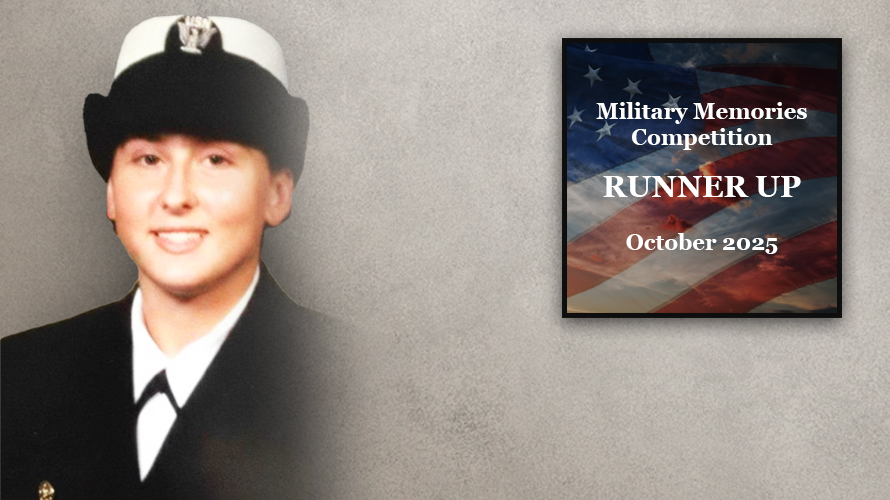
AZ3 Martha Huddlestun, U.S. Navy (2001-2004)
What Was Your Nickname or Callsign During Your Military Service? Can You Recall the Nicknames or Callsigns of Other Characters From Your Service and How These Were Earned?:
I recall my nickname well, it was Lil’Bit. Some even called me Lil’Bit with a silent “ch.” My AO buddies, and a few others, added the last part when I held a Marine over board after slapping my butt. Many may say oh that overreacting, but no it wasn’t. Especially if it was your 100th time, or more, of politely and rudely asking him to stop. The name arrived from the fact that I was, and Am, 4 foot 8.5 inches tall and 98 pounds. However, no matter my height, I did my job even though it should have been physically beyond my capabilities due to my height and weight. How did I hold a bullying male Marine over the edge of a ship at that height and weight, you may ask? Simple, my boot size was 3 1/2-4 in male’s red wings. They fit perfectly in the pad eyes on carriers. They are not only perfect for anchoring aircraft to the ship, but my feet and body as well. I was able to carry over 40 chains we used to anchor the F-18’s I dealt with, weighing at 5 pounds each, across a U.S. Carrier (length of 2 football fields) for almost 5months straight. Before joining the Navy, I was a gymnastic power tumbler, which I had done 15 years prior. Helping me to have the leg and arm strength to lift and carry the chains, which allowed me the ability to defend myself and my dignity from hands’y rude males who wouldn’t take stop and no as an answer. I never let my height deter me from being able to confidently complete a task, even if it means thinking outside the box and using the tools handy to me, like getting a ladder from the F-18 down, ways to get it back up for the jet to take off.
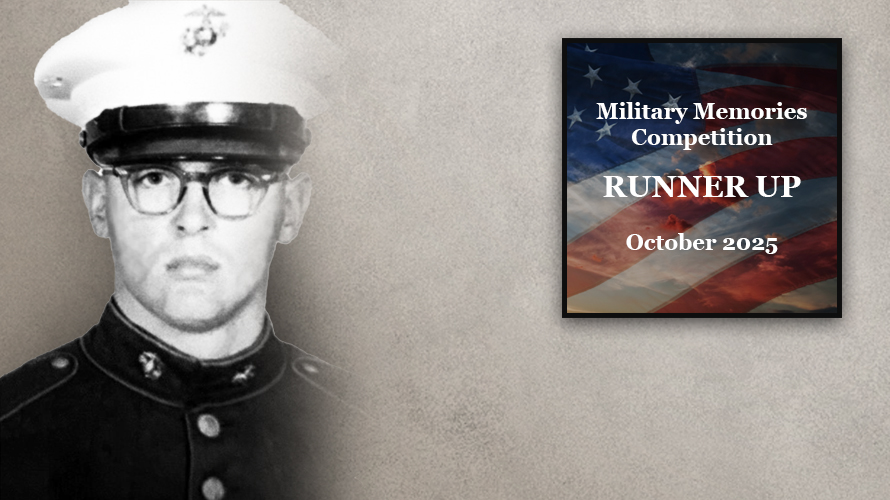
Sgt Joe V. Bolin, U.S. Marines (1967-1971)
What Was Your Nickname or Callsign During Your Military Service? Can You Recall the Nicknames or Callsigns of Other Characters From Your Service and How These Were Earned?:
My nickname was Reb. It was given to me some of my classmates while in electronics school in San Diego, CA. They called me that because I was from Georgia and my other class members were from northern or Midwestern states. While stationed at San Diego, I got the inevitable tattoo on my right forearm. I is a picture of an Bald Eagle head overlaying a confederate battle flag with “REB” underneath. Some might think the confederate battle flag represents something bad but to most of us it represents a time in our history. The eagle overlaying it represents the resolution and reuniting of these great states.
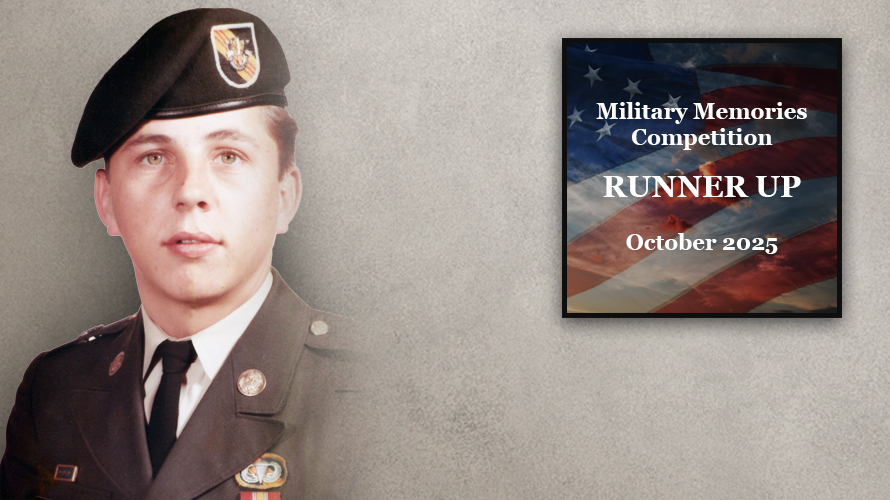
SGT Robert D. Pryor, U.S. Army (1967-1969)
What Was Your Nickname or Callsign During Your Military Service? Can You Recall the Nicknames or Callsigns of Other Characters From Your Service and How These Were Earned?:
TWS Battle Buddy Felipe Brown was “Mr. IMC” because of his speed with International Morse Code. Ronald “Tiny” DeMello certainly wasn’t tiny. TWS Brother Robert “Bru” Taylor assimilated the ways of the Bru people, speaking their language. James “Missing” Mitchum was sometimes hard to find. William “Grit” Pomeroy spoke fluent Southernese with a native tongue; however, I called him Billy.